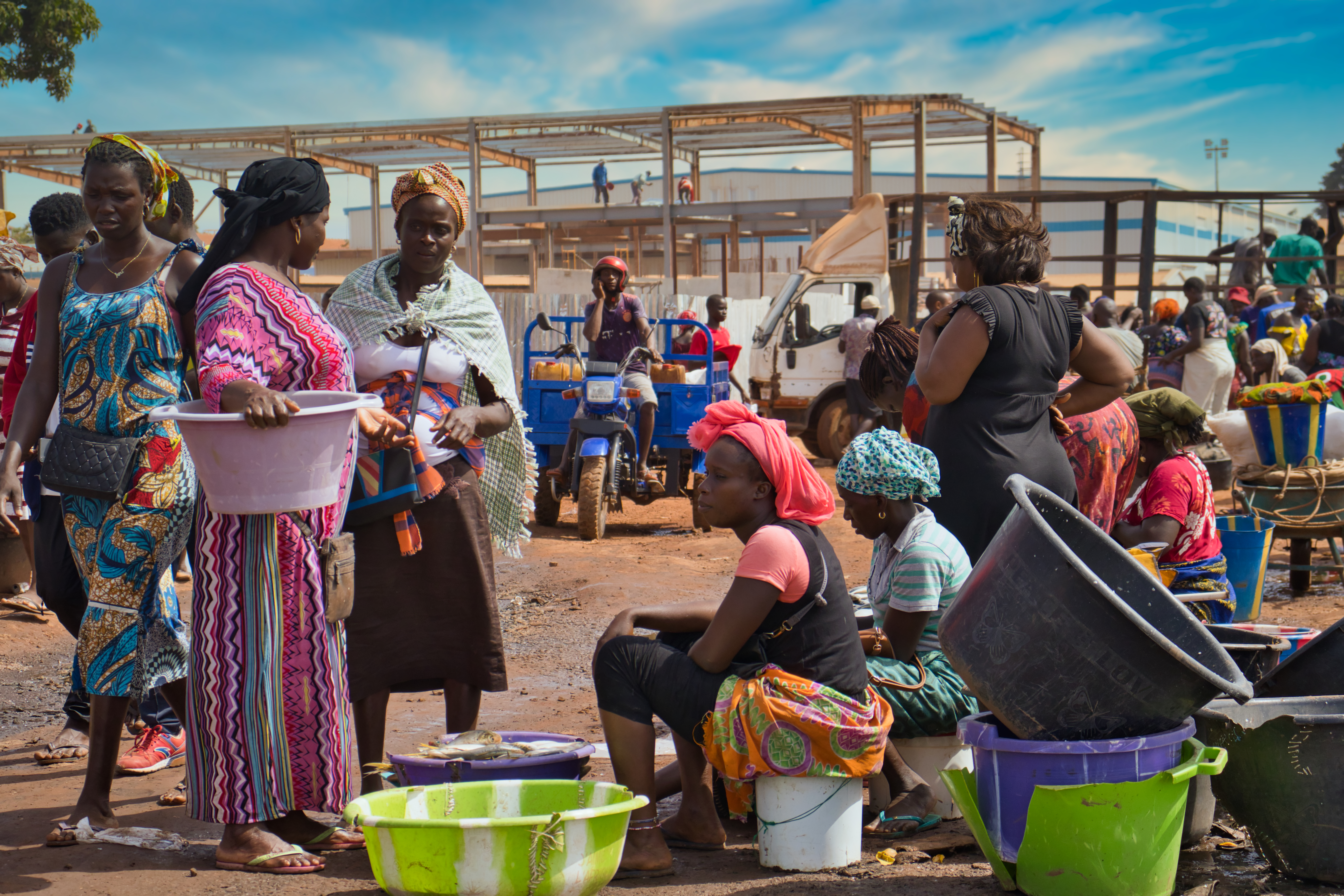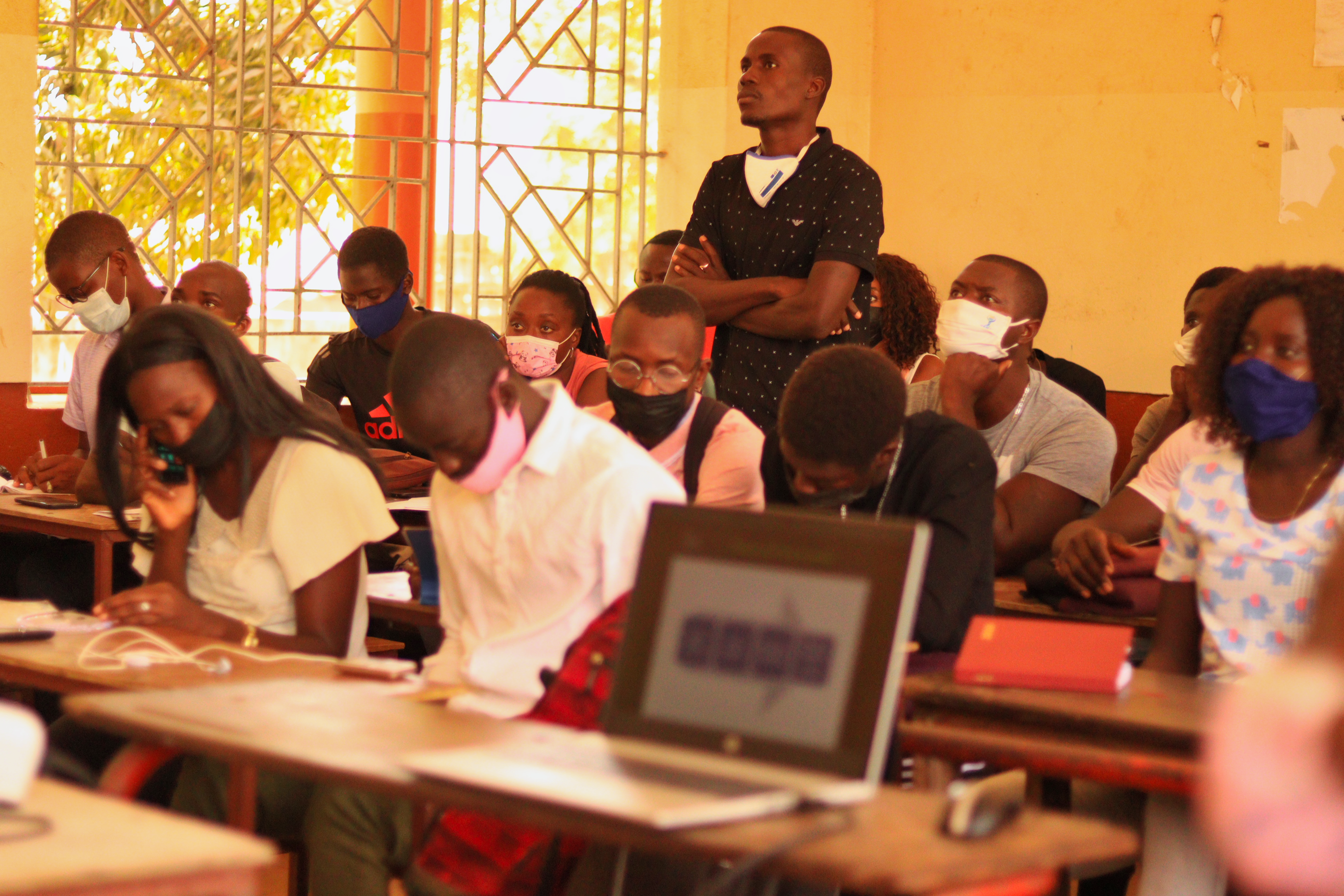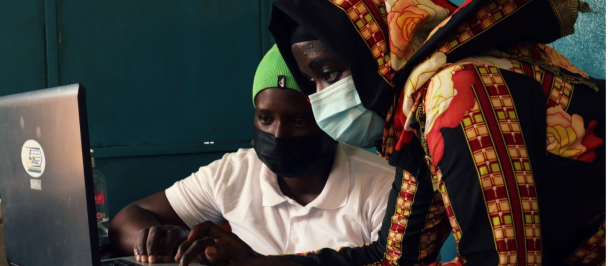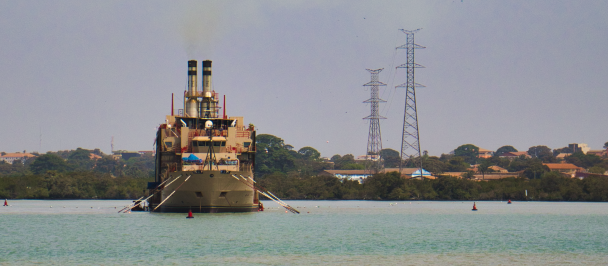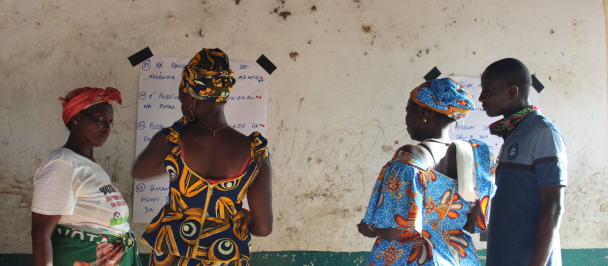Photo: UNDP, 2022
The vulnerability mapping that UNDP Guinea-Bissau has been conducting for the past few months to identify vulnerable households and groups in the country to understand the various factors that influence their degree of vulnerability is now finished. The study, conducted by economist Julien Bandiaky in the framework of the project “Blue Economy as a Catalyst for Green Recovery”, yields useful data on the four areas it focuses on: the assessment of the sources of vulnerability; the correlation between household characteristics and vulnerability to consumption poverty; the multidimensional nature of vulnerability; and the impact of COVID-19 on vulnerable groups.
The mapping is a valuable tool to quantify the likelihood of households falling into poverty in the future and to identify the characteristics that are signals of this vulnerability. As the study highlights, most Bissau Guineans are vulnerable (73.1% of the population, and, in fact, the number of vulnerable households is 53% higher than the number of poor households), but there are significant differences in the vulnerability by gender, age, and education level of the household head. The data show, for example, that, contrary to what one might think, male heads of households are more likely to be vulnerable than their female counterparts. Considering that vulnerability to consumption in the study was calculated at the household level, this peculiarity is explained by the fact that there are polygamous male heads of household in Guinea-Bissau who are responsible for households with many members. However, among females considered vulnerable, a large share can also be considered highly vulnerable (25.9%), compared to the rate of males who are considered highly vulnerable (23.9%). In terms of age, younger household heads have higher vulnerability to poverty ratios than older ones.
Photo: UNDP, 2022
One focus of the analysis is the labour market conditions of vulnerable groups, such as women, informal sector workers and youth. The study provides an interesting insight into the sources of vulnerability faced by youth and women in Guinea-Bissau, particularly in terms of unemployment and underemployment. The broad unemployment rate in the country is estimated at 13.5%, compared to the 33.4% underemployment rate. In 2018, the broad youth unemployment rate was estimated at 17.8% among those aged 15-24 and 17.4% for those aged 25-34. This suggests that the absorption of incoming workers into the labour market is not working effectively, and that informality is the natural path for young people who do not find their place in the formal sector. In the same period the unemployment rate for women was 15.1%, compared to 12.9% for men. Women are under-represented in the country's labour force compared to men and are often employed in sectors such as agriculture and commerce, usually without pay. And when they are paid, women earn on average 70 US dollars per month compared to 177 US dollars for men. Education has positive effects on the prospects for increased income for youth and women, and for the consequent reduction of their vulnerability.
Other sources of vulnerability identified in the mapping include poor nutrition or health and lack of access to basic services such as water or electricity, which is a constant in Guinea-Bissau, especially in rural areas. The households living in rural areas are, indeed, much more vulnerable than their counterparts living in urban areas, with the Autonomous Sector of Bissau classified as the least vulnerable region in the country. 57.9% of the population faces at least moderate food insecurity and containment measures during the period of the COVID-19 pandemic have increased the risk of food insecurity due to the disruption of food supply chains. Low health coverage is a reality throughout the country.
A detailed analysis of these and other data broken down in the study will offer enhanced evidence and knowledge base concerning the characteristics, constraints, and priorities to reduce vulnerability. Recommendations such as combatting malnutrition by promoting early childhood development, fostering skills development and microfinance focusing on female workers and youth or reforming the education system to make it respond to the labour market needs will give UNDP, national counterparts, and development partners an additional tool for devising effective strategies and target interventions to combat poverty in Guinea-Bissau.
The full report of this vulnerability mapping will be available in the coming weeks.

 Locations
Locations